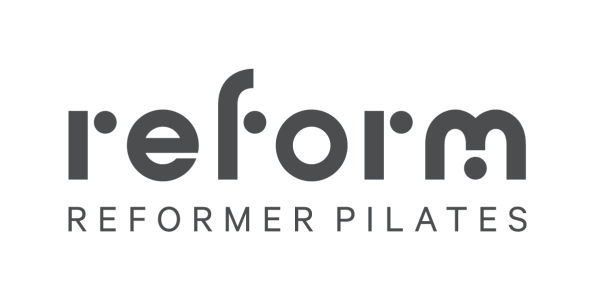Can you make a better decision with essential groceries without eliminating them? Stuff that you always have in your cupboard or fridge and use every day in some way or another….today we have a look at milk.
Skim, trim, low fat, must be best. This type of thought process when buying milk (or any food) has been drilled into us for years as a result of government backed initiatives to reduce fat in our diets because it was deemed the primary cause of obesity and associated chronic diseases. There is also a side issue of the agricultural industry influencing Governmental nutrition advice to encourage us to eat more grains when actually, we don’t need them. As we now know there is little actual evidence that saturated fat increases cholesterol and contributes to obesity and heart disease. Rather, it is sugar and its negative effective on insulin insensitivity which is the actual problem. Fat is fine. Anyway…..
Milk.
Milk is (generally) processed. Unless you consume it raw straight out of the cow (which is an option) your store bought milk will have been homogenised and pasteurised.
• HOMOGENISATION is a process of mixing massive amounts of harvested milk from several different milking herds and/or dairies, to create a more consistent raw milk, since otherwise raw milk naturally separates into different layers of fat density. Basically, it keeps milk uniform in appearance and taste regardless of where the cattle graze. There is no chemical or structural change to the cellular make up of homogenized milk so it is perfectly safe consume.
• PASTEURISATION is different from homogenisation. Pasteurisation of milk is a process of heating (and straining of cream for low-fat, skimmed, or non-fat milk) to increase the shelf life of milk. There are two main processes used worldwide:
1) high-temperature, short-time pasteurisation of milk which has a refrigerated shelf life of two to three weeks,
2) ultra-pasteurisation using ultra-heat treatment for an extended refrigerated shelf life of up to two to three months.
Obviously, the more natural, the more nutrients and the better it is for you. Unpasteurised milk obtained from humanely raised cows that graze on non-contaminated soil, grass fed and handled hygienically – then this is probably the best for you if you are not lactose intolerant (again, an issue for another post).
SKIMMED V FULL FAT:
• Studies* also show that removing fat from milk increases lactose or milk sugar and therefore increases the ratio of glycemic levels. Read: INCREASES SUGAR. We have already talked about how bad this is.
• Research conducted by the U.S National Dairy Council determined there may be bioactive substances in the milk fat that may be altering our metabolism in a way that helps us utilise the fat and burn it for energy, rather than storing it in our bodies.
• Swedish researchers in the Scandinavian Journal of Primary Health Care, studied a group of middle-aged men and found those who consumed high-fat milk, butter and cream were significantly less likely to become obese over a period of 12 years compared with men who never or rarely ate high-fat dairy. One reason the researchers found was that fat made the men feel fuller for longer meaning they ultimately ate less.
• The vitamin D content of skimmed milk is altered. After pasteurisation, some of the vitamin content and nutritional value of milk is lost. Manufactures offset this by fortifying the milk with vitamins after pasteurisation but this is dependent on the fat content of the milk. If the milk has no fat soluble vitamins most notably vitamin A and D are lost. You are left with less nutritious, less flavoursome, sugary watery.
SWAP YOUR SKIMMED FOR FULL FAT AND SEE WHAT HAPPENS…
*References:
Scand J Prim Health Care. 2013 Jun;31(2):89-94. doi: 10.3109/02813432.2012.757070. Epub 2013 Jan 15.
Holmberg S1, Thelin A. High dairy fat intake related to less central obesity: a male cohort study with 12 years’ follow-up.
Eur J Nutr. 2013 Feb;52(1):1-24. doi: 10.1007/s00394-012-0418-1. Epub 2012 Jul 19.The relationship between high-fat dairy consumption and obesity, cardiovascular, and metabolic disease.
Kratz M1, Baars T, Guyenet S.




